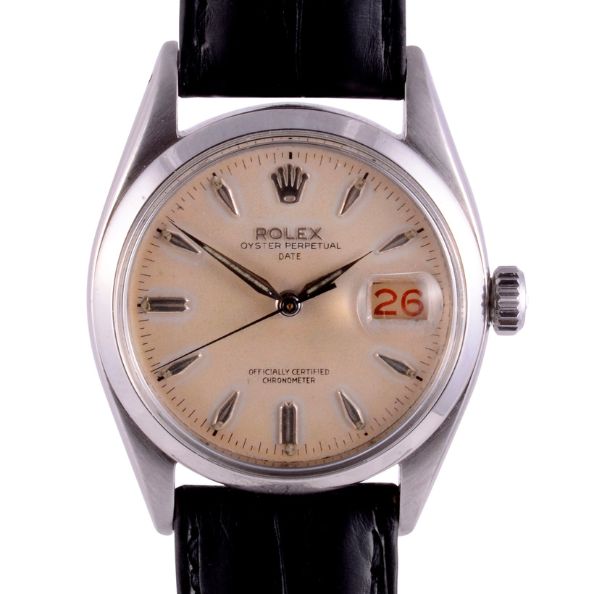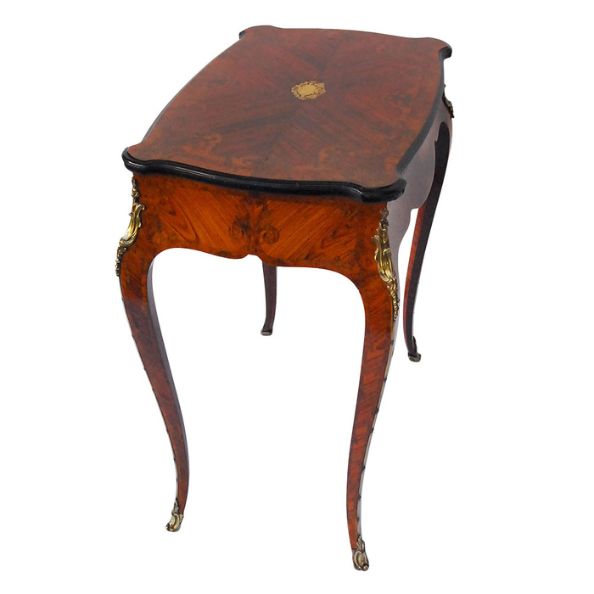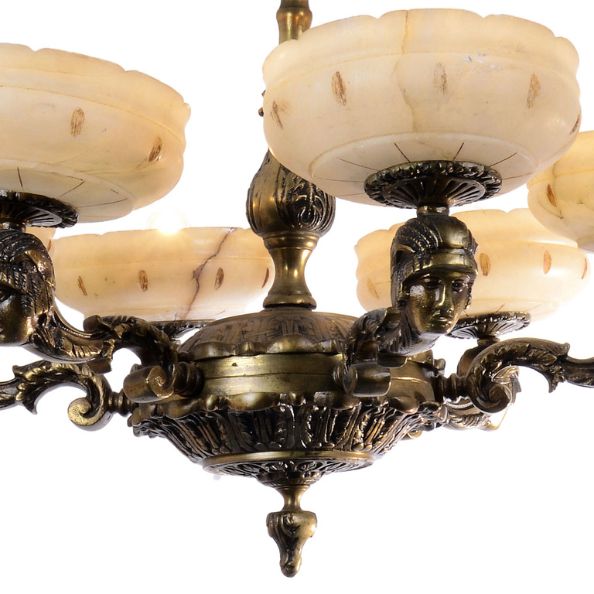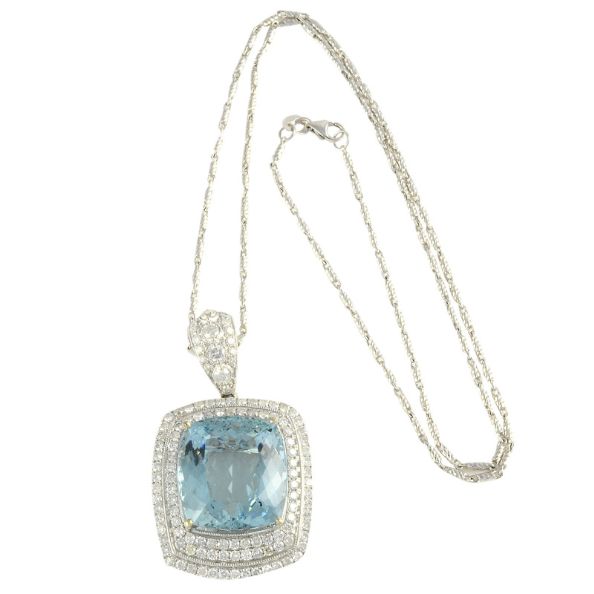Vintage Watches: What Collectors Should Know Before Buying

Timepieces of bygone eras carry a charm and character that modern designs often lack, including vintage watches. What collectors should know before buying one includes the nuances of the world of vintage horology, what sets some pieces apart from others, and what you should consider before adding a vintage watch to your collection.
What Makes a Watch Vintage?
Dealers and collectors have differing points of view about what qualifies as “vintage” regarding watches. The standard definition of “vintage” is an item that is between 50 and 100 years old.
Some vintage watch enthusiasts have a more fluid definition encompassing more than just age. They believe that the era that the watch represents, the craftsmanship it displays, and the story it carries can factor into whether the piece is “vintage.” Some watch collectors consider 1985 the latest cutoff for “vintage,” as that’s the year in watch history when makers started using computer-aided design.
Condition and Functionality
Check to ensure the watch is in working order. Understand the difference between “honest use,” which is the normal wear that a well-loved watch might show from appropriate use by a previous owner and damage. We suggest you look elsewhere if the watch doesn’t work or can’t keep accurate time, or if the components have obvious cracks or are broken or rusty.
Original Parts
Authenticity plays a significant role in valuing vintage watches. Many prefer the original parts as they maintain the integrity of the watch’s design and function. It’s ok if the watch has been regularly and lovingly serviced with genuine replacement parts from the manufacturer, but know that the manufacturers of many vintage watches no longer support older models with replacement parts. Make sure you check with an expert watch repair shop about whether they can source or recreate parts for the watch you’re interested in buying.
Refinishing vs. Patina
Patina is a term familiar to antique collectors. It refers to the appearance an antique item takes on after many years of enjoyment by its owners. Many collectors want a vintage watch to look vintage, not new.
Patina can be a desirable quality in watches and other antiques. Sunlight or humidity can cause a black watch face to turn brown, for example. But be aware that some can fake a patina by painting dials. It is best to find a watch dealer you can trust to advise on the authenticity of the patina a dial possesses and the condition of the watch’s movement.
Some collectors prefer a watch that looks as good as the day it was made. These collectors like their pride and joy to boast a refinished dial. Yet other vintage watch lovers want to be more original and prefer a pop of color on their refinished dials.
Brand and Model
Brand and model are perhaps the most important features of a vintage watch, and another thing collectors should know before buying a vintage watch. These features often dictate its value. Brands with a rich history and reputation for quality are generally more sought after. Similarly, certain models of luxury brand watches, especially those associated with famous former owners or historic events, carry a much higher value than other examples of the same model.
Provenance and History
Provenance refers to a watch’s history. Its former owners, how many times it has changed hands, and who the watch was originally made for can make a significant difference to its value.
You can find quality vintage watches online at Solvang Antiques, where our expertise and solid reputation can help you understand the qualities of the watches that interest you.



